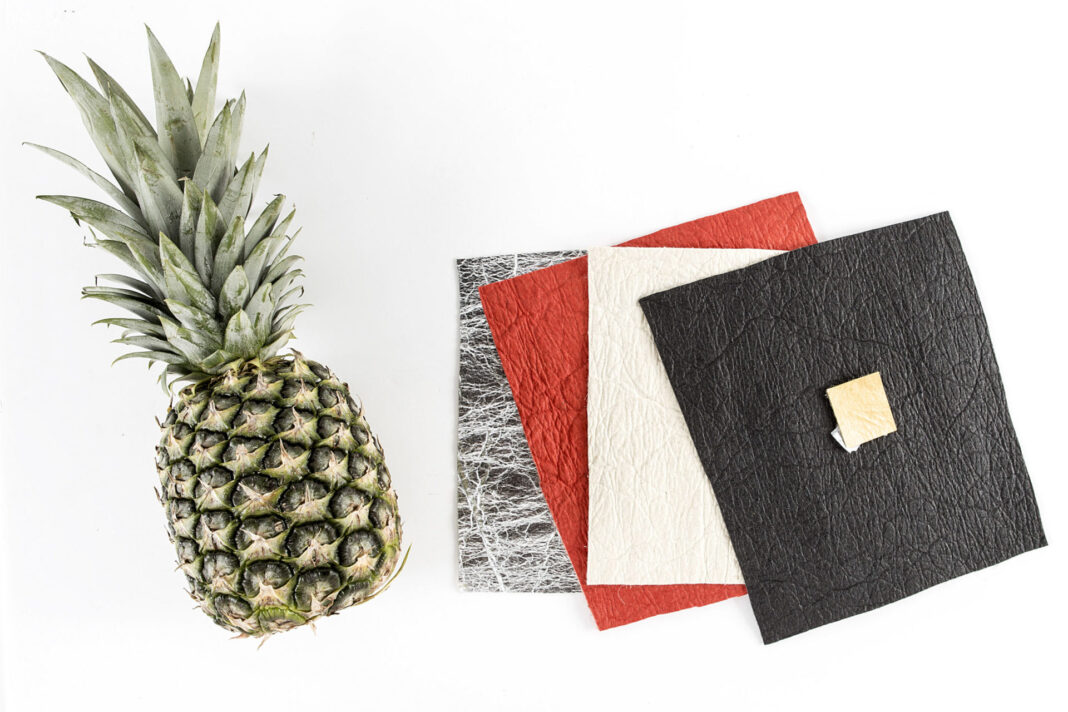Note: This post contains affiliate links, when you purchase a product or service through one of these links we may earn a commission on that sale.
Leather biker jackets. Pants that scream rockstar. Elegant purses. Beautiful boots. Leather is part of so many fashion staples, from the edgiest to the most sophisticated. However, like fur, it has caused concerns amongst animal rights activists as much of the leather comes from animals living in poor conditions and kills inhumanely. Furthermore, the leather tanning process uses chromium, which is highly toxic and carcinogenic. The affluents from the tanning process are a hazardous water pollutant. Leather is a byproduct of the meat industry, one of the most unsustainable industries globally, leading to high methane emissions that contribute significantly to global warming. The global production of leather was about 24 billion m2 as of 2013. The demand has only been growing since, and it is a challenge to find suitable replacements.
Just as fur was replaced by synthetic fur for a more conscious consumer, many vegan leather substitutes have sprouted up in the market. However, most of these options are just straight-up plastic. They can say that they do not kill animals in the process. Still, they are not environmentally much better – plastics are created from fossil fuels, and their carbon footprint is exceptionally high. Additionally, they do not decompose in nature as natural leather would. The most often used replacements – polyester and polyurethane- age poorly and start losing the look of leather in a few years. This is in sharp contrast with leather, which often lasts for decades if looked after properly.
Pineapple leather (trademarked as Piñatex) is a fabric that appears very much like leather but is created from pineapple leaf fibers and a petroleum resin. It is 100% vegan and addresses animal cruelty concerns while being breathable and having a much lower carbon footprint. It is also cheaper than leather, since one of the raw materials is a waste product. This fabric has created waves and has been featured in fashion magazines such as Vogue and Refinery29, especially since significant designers went on and featured the fabric in their collections. It is already going mainstream as more affordable brands, such as H&M, are also jumping on the bandwagon. Most consumers were surprised to find out that the garments and accessories they saw were not made of ‘real’ leather. There are options for furniture upholstered with Pinatex rolling out as well. However, since one of the ingredients is petroleum resin, the fabric is not, as of now, biodegradable. It has also raised similar concerns of being created from fossil fuels as the plastic alternatives to leather. Will this fabric become the next big thing? Will we see an utterly biodegradable iteration in the future? We will have to wait to find out.


